Inigo Jones stands as a towering figure in the history of British architecture, often regarded as the father of Palladian style in England. His innovative designs and theories not only shaped the physical landscape of London and beyond but also redefined artistic and architectural thought during the Renaissance. His ideas continue to resonate today, bridging the past with contemporary practices.
Inigo Jones – The Architect of Change

Inigo Jones was more than just an architect; he was a revolutionary thinker who reshaped the standards of design and aesthetics in early 17th-century England. His journey commenced in Wales, where he developed a passion for art and design that would eventually lead him to Italy, the cradle of Renaissance architecture. His time in Italy had a profound impact on his work, which he seamlessly integrated into his designs back home.
His pioneering influence brought classical Roman and Italian architectural styles to England, introducing the concept of symmetry and proportion, key characteristics of Palladianism. This approach was a departure from the intricate Gothic styles that previously dominated English architecture, leading to a new era defined by elegance and simplicity.
The Artistic Vision of Inigo Jones
Inigo Jones’s understanding of architecture went beyond mere construction; he approached it as a harmonic blend of beauty, functionality, and artistic expression. He reimagined spaces, focusing not just on how buildings looked but on how they interacted with their surroundings and the people inhabiting them. Each of his projects was infused with a spirit of creativity and innovation.
Jones’s artistry can be seen in prominent structures like the Queen’s House in Greenwich, which served as a pivotal example of the Palladian style in England. The house exemplifies his belief in the importance of geometry and balance, blending classic elegance with practical considerations.
Furthermore, Jones’ ability to capture light and space created environments that transcended traditional building practices. His emphasis on proportions and clean lines reflected a philosophical shift in the way architects perceived harmony within their designs. This focus on aesthetic principles influenced generations of architects who followed, marking a significant turning point in English architectural history.
Cultural Impact of Inigo Jones’s Works
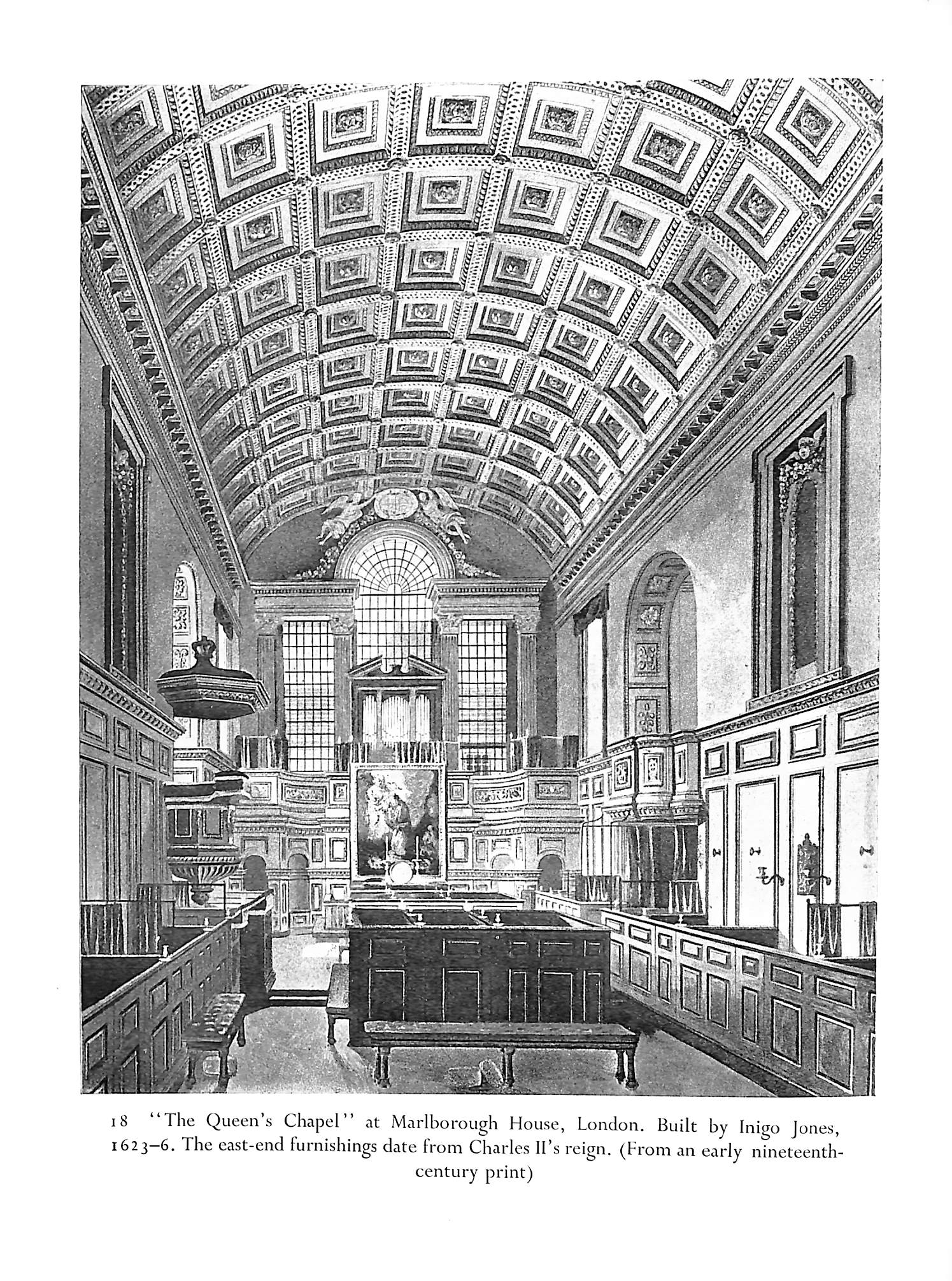
The influence of Inigo Jones extended far beyond the realm of architecture. His designs inspired a cultural renaissance in England, prompting a re-evaluation of artistic practices and societal values. Buildings such as Banqueting House and Covent Garden became symbols of progress and sophistication, paving the way for London’s transformation into a global center of art and architecture.
Jones’s works were not merely functional; they were theatrical in their presentation, designed to evoke emotion and admiration. The Banqueting House, for instance, is renowned for its stunning ceiling painted by Peter Paul Rubens, a feature that exemplifies how Jones intertwined architecture with fine arts, creating immersive experiences for visitors.
His architectural legacy has been preserved through meticulous restoration and conservation efforts. Today, these monuments act as reminders of the historical shifts instigated by Jones, serving as educational tools that connect modern audiences with the past. They encapsulate the idea that architecture is not static but rather a living narrative that evolves over time.
The Personal Life and Philosophy of Inigo Jones
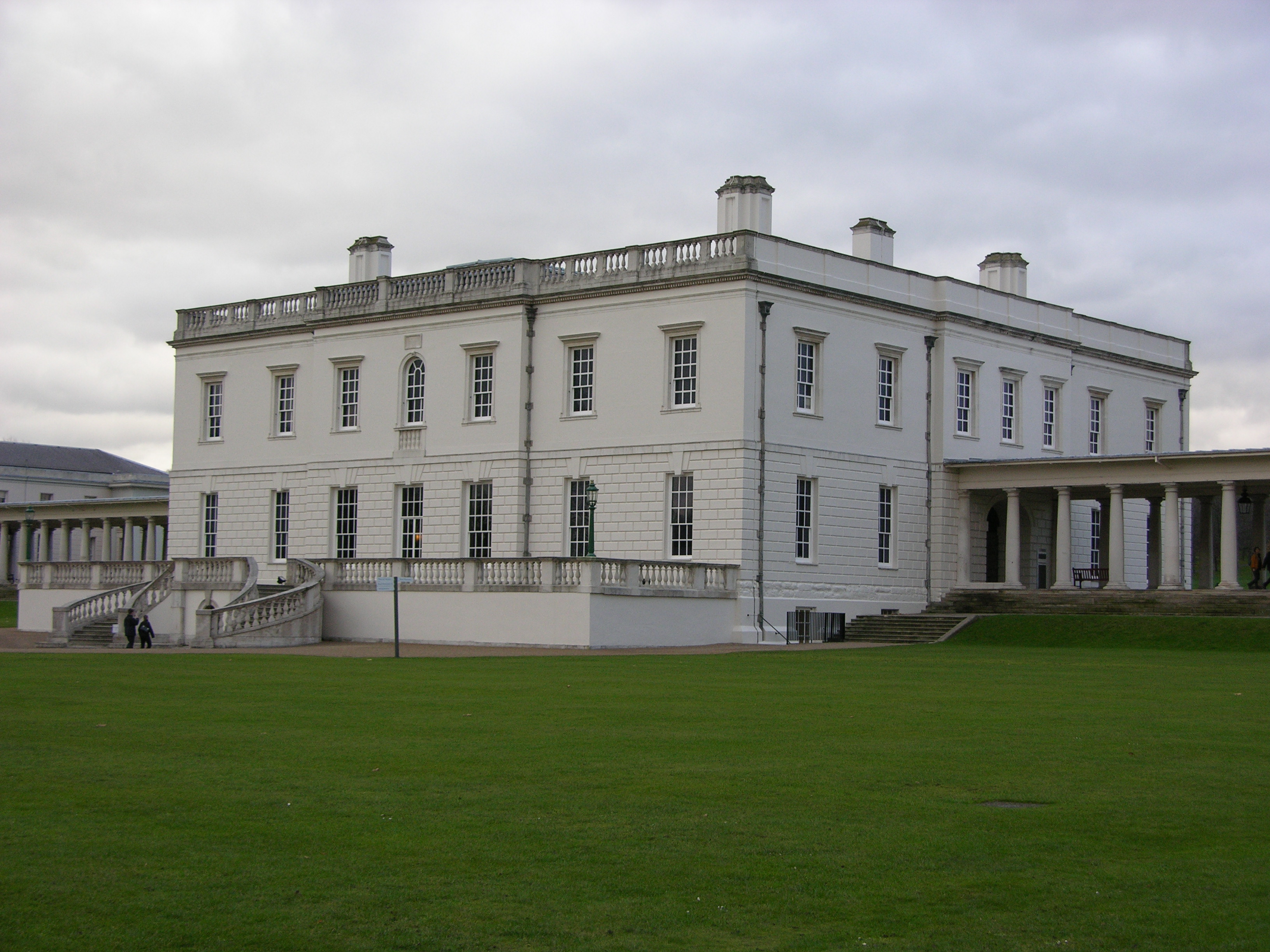
Beyond his monumental contributions to architecture, Inigo Jones’s personal journey reveals the essence of his innovative spirit. He was not born into wealth or privilege; instead, he carved out his path through sheer determination and a relentless pursuit of knowledge. Traveling to Italy to study the masters laid the foundation for his future successes, showcasing his dedication to self-improvement.
Jones’s philosophy revolved around the belief that architecture should serve as both a utility and a work of art, reflecting the culture and aspirations of society. He envisioned a harmonious relationship between the built environment and its inhabitants, promoting the idea that well-designed spaces could elevate human experiences.
His life can be seen as a testament to the power of individual agency, demonstrating how one’s passion and commitment can lead to transformative changes. By challenging existing norms and introducing new ideas, Jones embodied the very principles of creativity and innovation that are essential for progress.
The Influence of Classical Architecture
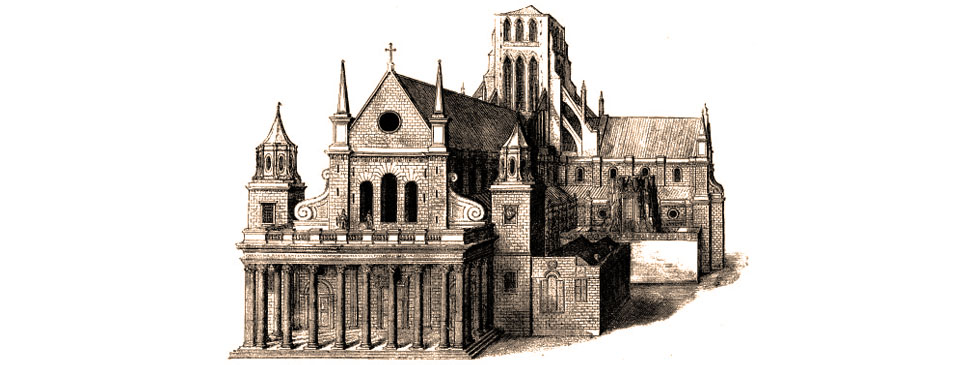
Inigo Jones was heavily influenced by classical architecture, particularly the works from ancient Rome and the Italian Renaissance. His exposure to these styles transformed his understanding of design, allowing him to merge classical elements with local traditions in a unique way.
His reinterpretation of classical features—such as columns, pediments, and porticos—was groundbreaking. These elements, combined with a keen sense of proportion, allowed him to create structures that resonated with the ideals of the Renaissance while appealing to English sensibilities.
As a result of his studies and travels, Jones became a conduit for the exchange of ideas between Europe and England, laying the groundwork for future architects to explore and expand upon. His emphasis on beauty, order, and symmetry continues to inspire contemporary practices, proving that the core tenets of design transcend time.
The Dialogue Between Tradition and Modernity
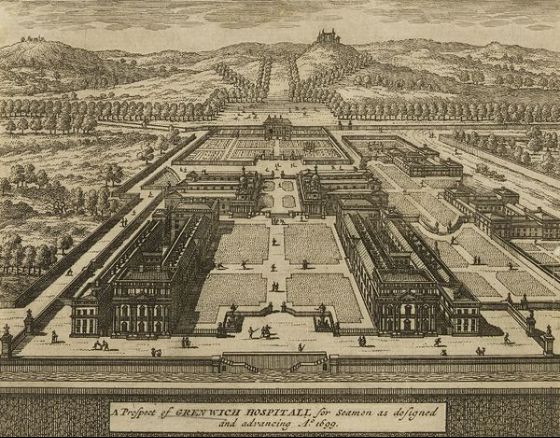
Inigo Jones’s work sparked a dialogue between tradition and modernity that carries on even to this day. His embrace of classical forms did not stifle innovation; rather, it provided a platform for creative exploration. In marrying classical ideals with contemporary needs, he paved the way for future architects to challenge conventions and push boundaries.
This ongoing conversation reflects the dynamic nature of architecture itself, prompting each generation to reflect on the lessons of the past while forging new paths forward. Jones’s ability to bridge different eras speaks to the timelessness of good design and the enduring relevance of architectural principles.
Moreover, his approach invites us to consider how we engage with our environments and how our constructed spaces influence our lives. The legacy of Inigo Jones invites reflection on our own creative impulses and responsibilities as stewards of the built world.
The Enduring Legacy of Inigo Jones
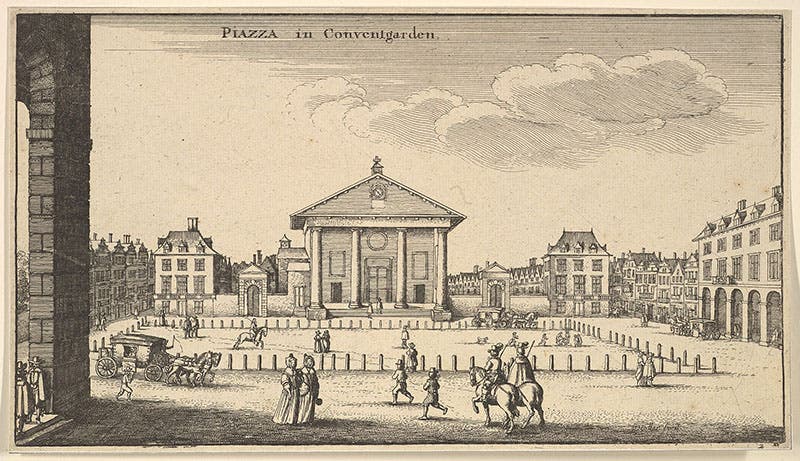
Today, the legacy of Inigo Jones is woven into the fabric of British architecture and culture. His influence can be observed in numerous buildings, institutions, and architectural movements that have emerged since his time. The Palladian style that he championed remains a benchmark for beauty and functionality, continually inspiring architects around the world.
The preservation of his works serves not only as a tribute to his genius but also as a reminder of the cultural milestones achieved during his lifetime. Institutions dedicated to the study of architecture often look to Jones as a foundational figure whose ideas continue to shape contemporary thought.
As modern society grapples with urbanization, sustainability, and technological advancements, the principles espoused by Inigo Jones remain pertinent. His vision for harmoniously integrating aesthetics with the lived experience encourages present-day architects to consider their social and environmental impacts.
In addition, Jones’s legacy inspires future generations to recognize the potential of architecture as a catalyst for change, reflecting a broader cultural ethos that values creativity, innovation, and the pursuit of excellence.
Conclusion
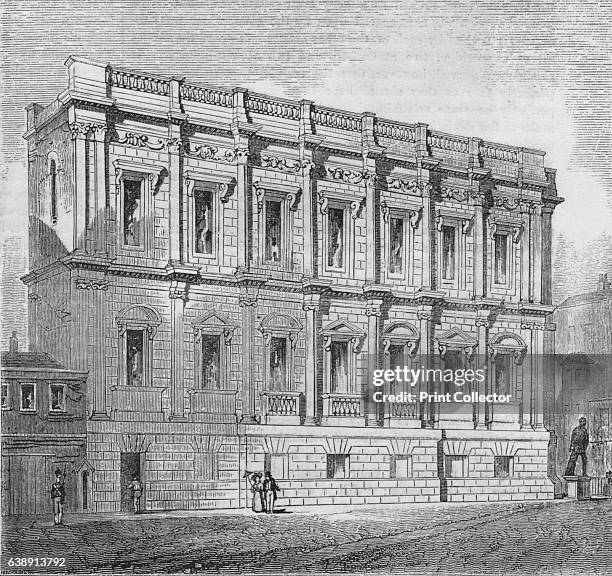
Inigo Jones was not merely an architect; he was a visionary who reshaped the landscape of British architecture and influenced cultural practices on multiple levels. His contributions transcended the bricks and mortar of buildings, fostering a renaissance of artistic thought that reverberates to this day.
By combining classical influences with innovative design principles, Jones established a framework for future architects to explore, experiment, and evolve. His life serves as an inspiring narrative of how passion, curiosity, and dedication can lead to lasting change and profound impact.
Ultimately, the story of Inigo Jones underscores the importance of recognizing our history and honoring those who have paved the way for progress. The interplay of tradition and modernity that he exemplified reminds us of the potential that lies in creativity—a force capable of reshaping society and enriching human experience.
✉️ Stay Connected — Subscribe for Weekly Updates
Discover timeless stories, practical wisdom, and beautiful culture — delivered straight to your inbox.
*We only share valuable insights — no spam, ever.







yacht rental
Tháng 10 25, 2024I simply couldn’t go away your website prior to suggesting that I extremely loved the usual info an individual provide for your guests?
Is going to be again often in order to check out new posts
John Son
Tháng 10 25, 2024thank you so much